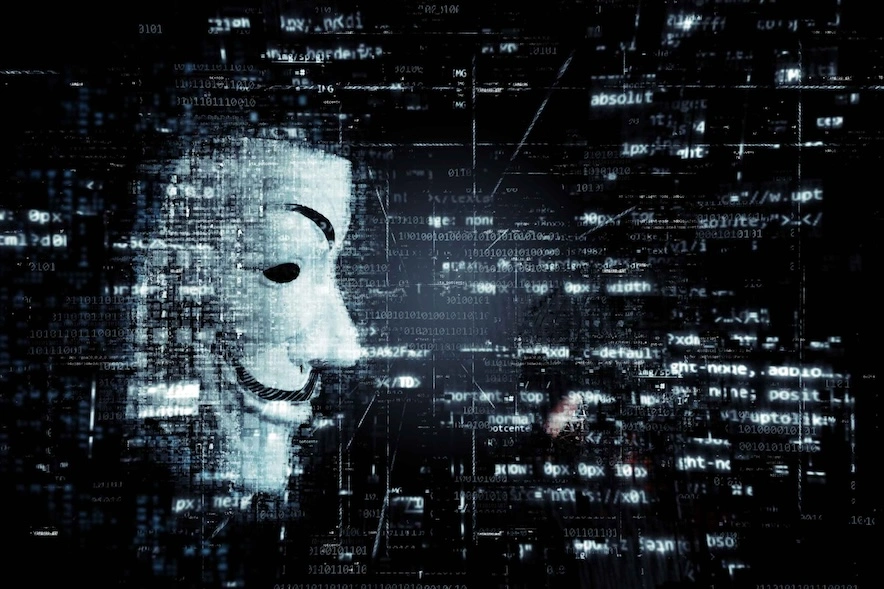The growing technology surrounding deepfake has caused some concerns, as it can be used for criminal activities such as stealing money and assets. It blurs the lines between truth and fiction with deepfakes becoming more convincing as technology advances further, meaning it could soon get to the point where it’s impossible to tell the difference.
Banks have become especially cautious when it comes to deepfake scams, as they have been enforcing more prevention strategies to stop deepfake bank fraud. In the Identity Intelligence Index 2024, 76% of banks reported an escalation of fraud cases, which shows how much criminal activity has increased on the back of these new technologies.
In our latest blog, we will investigate the rise of deepfake scams and conclude whether they are currently a serious threat to banks, who are finding that scams and fraud are becoming more common.
Understanding Deepfake Fraud Technology
Deepfake AI algorithms can manipulate audio, images and videos to create realistic footage that can be used for a variety of purposes, including scams and fraud. This technology is able to analyse and replicate patterns through facial expressions, vocal inflexions and body movements that are reflective of human behaviour. The lines between real and fake footage have never been as blurred as they are right now, with the technology being far more advanced than ever before.
As deepfake machine learning software goes through more training and feedback loops it will be able to completely replicate every aspect of human movement. This will lead to the creation of highly developed and accurate deepfake content that could be to the level of real footage. First designed to be a form of entertainment, these technologies now have the power to reshape our lives as they confuse our minds as to what we believe to be real.
How Deepfake Scams Impact Banks
The banking sector has become a sector that is at risk of being affected by deepfake scams, as fraudsters are now able to use the technology to target bank customers and the banks themselves. Deepfakes can impersonate somebody else in an attempt to trick a bank customer into letting them into their bank accounts. It can also lead to fraudulent transactions and social engineering scams that can cause reputational damage to banks.
UK banks have become more vulnerable over the past few years as the nation’s economic status has declined, digital banking has been further adopted and consumers are more online than ever before. This has made the industry more exposed to potential online deepfake scams and fraud. These banks have now had to implement more online security measures for deepfake detection. They have also ramped up employee education in an attempt to halt these deepfake scam attempts.
Financial losses and bank penalties are two of the main risks that come from being targeted by deepfake scams, as fraudsters can access customer accounts, steal their identity and use data that doesn’t belong to them.
How Banks Can Mitigate Deepfake Scam Risks
It’s vital that banks address the risks associated with deepfakes, as they need to stop fraudsters from being able to use new technologies to scam customers out of their money. Using more advanced defence tools that can identify the threats associated with deepfake scams will help in protecting banks from further attacks.
Banks have begun to collaborate with government agencies and technology providers to mitigate these deepfake bank fraud attempts. They will all share threat intelligence, develop better practices and coordinate responses for incidents related to deepfake. This effort offers the best chance for banks and their customers to avoid falling victim to one of these scams. As well as this, banks being signed up to the CRM code can help protect customers who are affected by fraud and scam losses.
Customers can also serve as partners to banks in combating these scams and preventing further losses. These fraud losses can heavily affect the relationship between the customer and their bank, as finances can take a major hit. Banks can build awareness for customers about potential risks and how the bank can manage them to protect customers' assets.
This can help further improve the relationship between banks and customers, as well as reduce the risk of scams.
Protecting from Deepfake Bank Fraud
Protecting yourself from bank fraud, as both the bank and customer, is very important. Once you have become a victim of a deepfake scam, you should seek professional advice to help aid yourself in the aftermath. Understanding how these scams work, how you can notice them and how to prevent them will help you from any potentially serious losses.
Get in touch with our experienced team at WRS if you feel that you have fallen victim to a deepfake scam. We’ve recovered millions for our clients, with a very high success rate against bank fraud and scams, including deepfake bank fraud. Arrange a free, no win no fee, consultation today.

